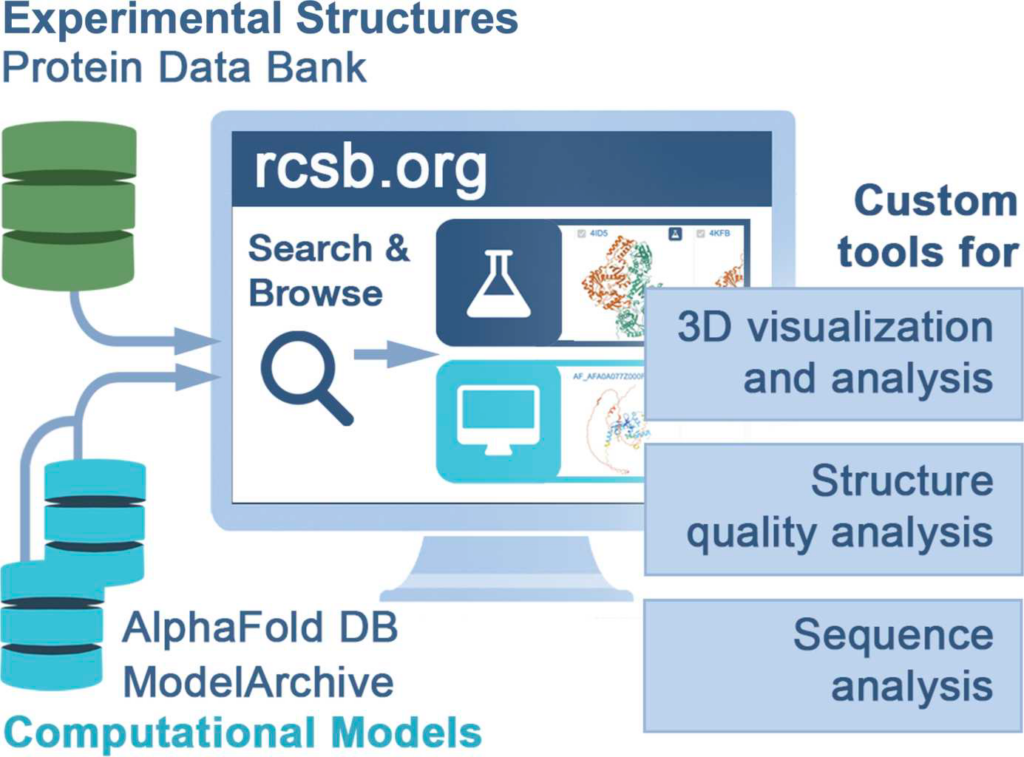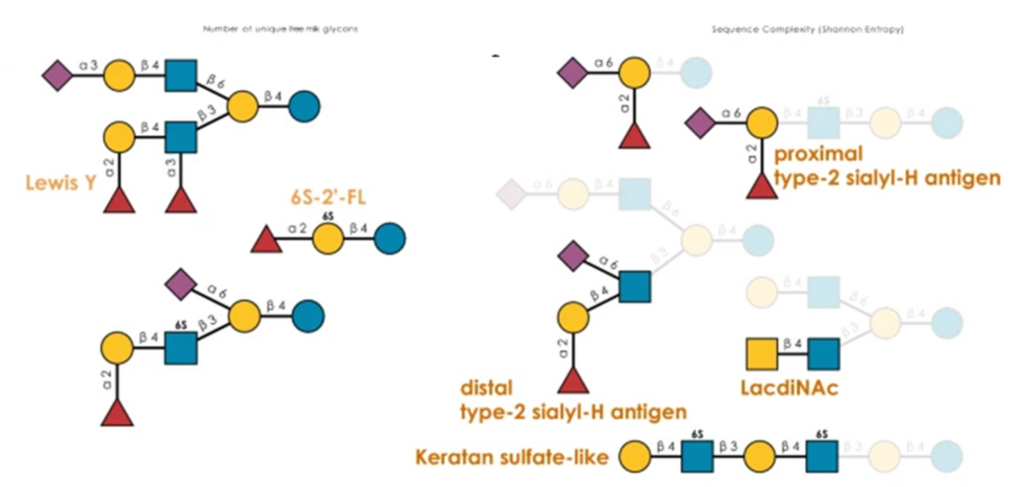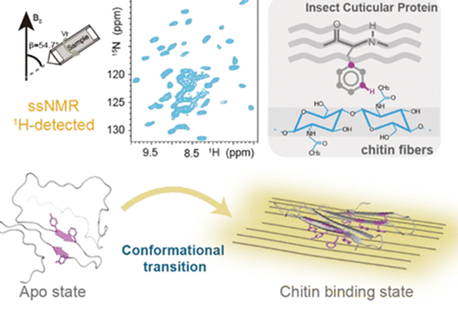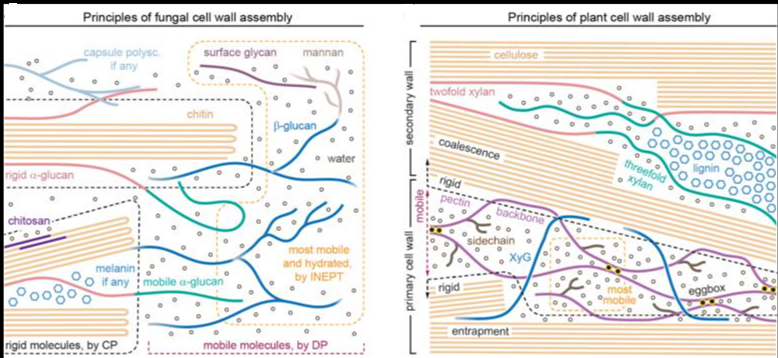The Protein Data Bank (PDB) was established as the first open-access digital data resource in biology and medicine in 1971 with seven X-ray crystal structures of proteins. Today, the PDB houses >210 000 experimentally determined atomic level, 3D structures of proteins and nucleic acids, and their complexes with one another and small molecules (e.g., approved drugs, enzyme cofactors). These data provide insights into fundamental biology, biomedicine, bioenergy and biotechnology

The US-funded Research Collaboratory for Structural Bioinformatics Protein Data Bank (RCSB PDB) and
other members of the Worldwide Protein Data Bank (wwPDB) partnership jointly manage the PDB archive and support >60 000 ‘data depositors’ (structural biologists) around the world. wwPDB ensures the quality and integrity of the data in the ever-expanding PDB archive and supports global open access without limitations on data usage. The RCSB PDB research-focused web portal at https://www.rcsb.org/ (RCSB.org) supports millions of users worldwide, representing a broad range of expertise and interests. In addition to retrieving
3D structure data, PDB ‘data consumers’ access comparative data and external annotations, such as information about disease-causing point mutations and genetic variations. RCSB.org also provides access to > 1,000,000 computed structure models (CSMs) generated using artificial intelligence/machine learning methods. The provenance and reliability of experimentally determined PDB structures and CSMs are identified to avoid doubt.




